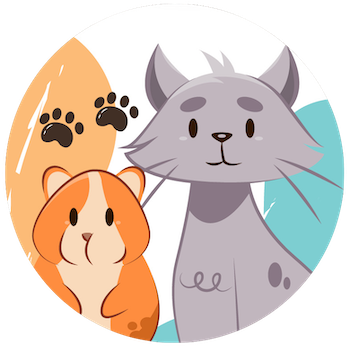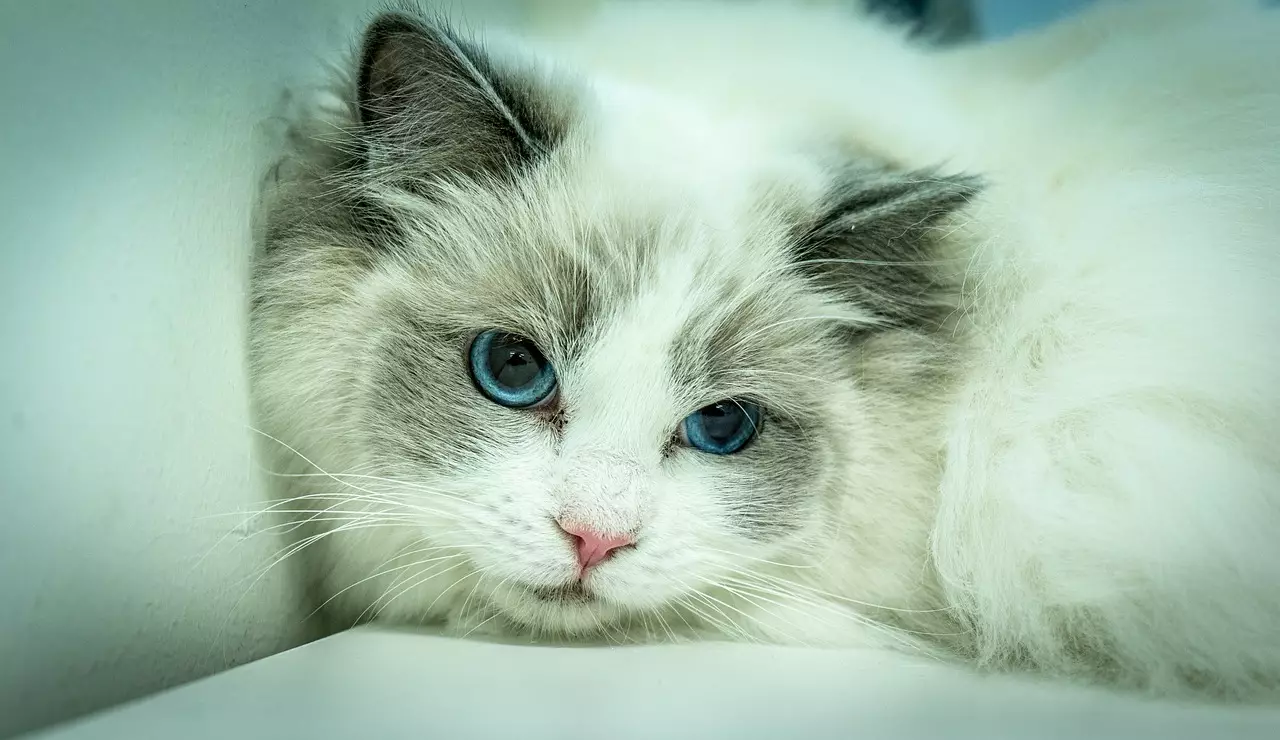Cats are often celebrated for their independence, times of quiet contemplation, and subtle communication. However, among the feline world, certain breeds stand out for their outspoken nature, turning the usually reserved pet into a lively conversationalist. These breeds, far from being shy, thrive on interaction, delivering a constant stream of meows, chirps, and coos that elevate the bond between human and feline to an engaging dialogue. For those who seek more than mere silence from their pet, understanding and appreciating these vocally expressive breeds can transform the companionship into a symphony of interaction.
The Pride of the Chatty: Breeds Known for Their Vocal Charm
Leading this vocal revolution are the Siamese cats. Their distinctive, melodious meows demand attention and evoke an immediate emotional response. These cats do not whisper their needs; instead, they communicate with an assertiveness that makes their presence felt. Their social nature fuels their vocal tendencies, making them ideal for owners who enjoy extended and lively conversations with their pets.
Equally notable is the Maine Coon, often dubbed the “gentle giant.” With their large frames, they might appear imposing, but their vocalizations paint a different picture. Chirping and trilling sounds emanate from these cats, signaling their desire to connect without overwhelming. Their soft, melodious voices complement their affectionate personality, enriching the household with an understated vocal warmth.
British Shorthairs, while less outspoken, still contribute to the vocal landscape with gentle coos and soft meows. They communicate primarily for affection or mild annoyance, adding subtle layers to the daily interaction. Similarly, the Burmese breed is famous for its friendly and loving nature, expressing its emotions through soft vocalizations that are often used to seek attention or offer companionship.
Vivid and energetic, Bengal cats mirror their wild ancestors with a repertoire of sounds, including meows, yowls, and chirps. Their communicating style is bold and expressive, reflecting their inquisitive and playful demeanor. Their voices serve as an extension of their lively personalities, making them perfect for owners who love interactive, vocal pets.
The Quirky and Endearing: Unique Vocal Styles Across Breeds
The Sphynx cat, distinguished by its hairless appearance, also stands out for its conversational tendencies. These cats often initiate dialogue with meows and purrs, eager to maintain a social connection with their owners. Their friendly and enthusiastic nature makes them ideal vocal partners for those craving continuous engagement.
Oriental Shorthairs take the vocal cake with their loud, clear meows and expressive range. Known for their articulate communication, they are unafraid to voice their needs, thoughts, and feelings. Their vocal presence is often unrestrained, making them some of the most expressive breed ambassadors of feline chatter.
Recognizable for their peculiar folded ears, Scottish Folds also possess a soft and gentle vocal style. Their chirps and coos add a delicate musicality to the household ambiance, blending soft communication with their endearing appearance. Russian Blues, often perceived as reserved or aloof, reveal their softer side through gentle vocalizations, especially when seeking reassurance or companionship from trusted humans.
Modern breeds like the Cornish Rex and Somali show that vocal expression is not limited by appearance. The curly-coated Cornish Rex communicates exuberantly through a range of meows and chirps, demonstrating a lively personality that craves interaction. Somali cats, closely related to the Abyssinians, exhibit a series of soft chatters, purrs, and playful yelps, especially when engaged in lively play or social bonding.
The Ragdoll, despite its notoriously placid and relaxed demeanor, can surprise with its soft, melodious vocalizations. These cats often use their gentle voices to express affection, adding a layer of tenderness to their personality.
The Impact of Vocal Cats on Their Human Counterparts
For many owners, these vocal breeds are a chance to experience a more dynamic form of pet companionship. While some might find this constant chatter demanding, it offers a rich tapestry of personality, emotional expression, and a sense of connection that is irreplaceable. These cats refuse to be mute—a trait that, despite its challenges, often enhances the emotional bonds, making interactions more meaningful and engaging.
In the end, choosing a vocal breed is about embracing the personality traits that come with it: lively, expressive, and intimately communicative. These breeds embody a spirit of openness that turns a simple pet-owner relationship into a vibrant, ongoing conversation. If you crave a feline friend who’s unafraid to speak their mind and fill your home with personality and charm, these breeds might just be your perfect match.

